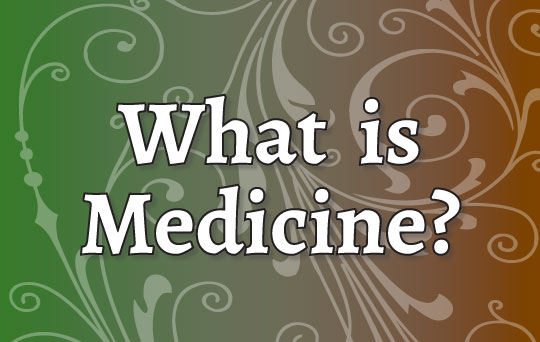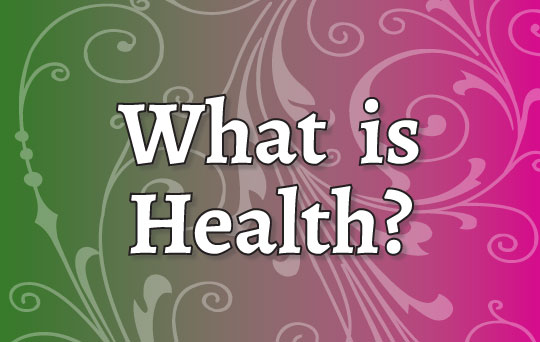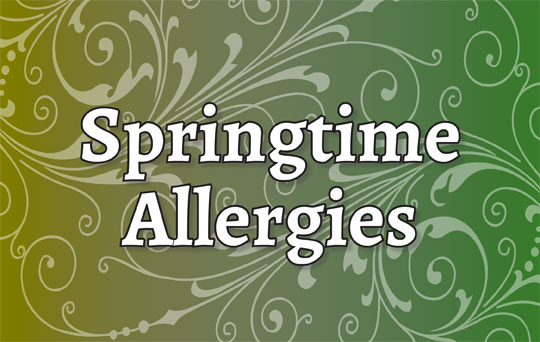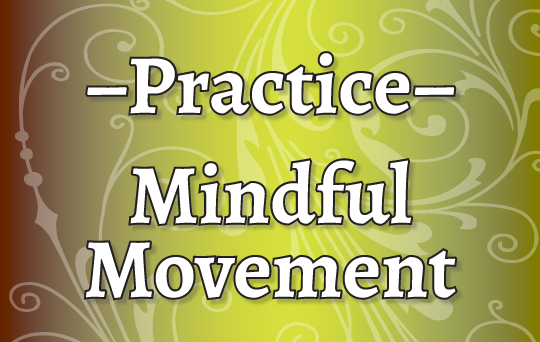
progress of periodontal disease
“Do you have any suggestions for treating receding gums with bleeding?”
This was a question I encountered in an internet group that I am part of. I was happy to give an answer from the Ayurvedic perspective!
Ayurveda views any food (or substance, really) as potentially healthful. We are lucky to have many naturally-occurring, plant-based resources at our disposal in working with receding gums, with or without bleeding. They include:
- regular flossing and brushing. Of course we know that regular brushing and flossing of teeth is very important. The teeth should be brushed in a gentle circular fashion to encourage blood flow and to minimize any further trauma to the tissues.
- the use of Neem bark tooth powder, peelu (aka pilu), cloves, and cinnamon. These are herbs and spices that all have an affinity for the mouth, as do calendula and myrrh. You can look for toothpastes that contain these ingredients.
- using tea tree essential oil in the mouth. It has a strong antiseptic taste, so you’ll probably want to dilute it in some water.
- oil swishing (aka oil pulling). This is an ancient and well-researched daily practice that you can easily put into place. Using organic, unrefined sesame oil is recommended for this practice. It is simple to do. Basically, take 1 tbsp oil into your mouth and swish and pull it around for 10-15 minutes until the consistency changes from oily to watery. At this point you can spit it out—but not in your sink because you will cause a clog (I spit my spent oil into my front yard where the plants and soil microbes do a fabulous job of breaking it down)! Also, you should avoid swallowing the oil because it contains toxins that you are working to get out of your body, not keep in. Oil swishing with sesame oil is very beneficial for pulling toxins out of the tissues, for strengthening teeth and gums, and for reducing swollen gums.*
- Lastly you can chew a rounded tablespoon of white hulled sesame seeds in the morning. This is a good source of calcium, helps to nourish your bones, and helps to strengthen your teeth.
* I will share with you my personal experience of oil swishing. I went to a dentist who liked to record “pocket numbers.” These are a set of three numbers for each tooth, which indicate a level of gum inflammation. A “1” is the lowest number recorded; I don’t know what the highest number is. It is better to have no inflammation, as noted by a “1,” than any other number. The higher the number, the greater the level of inflammation (aka gingivitis). Before I ever oil swished my “pocket numbers” were mostly in the 3’s with a couple of 4’s and one 5. Then I began oil swishing. The following year I went again to the dentist. The pocket numbers were recorded again. I had mostly 1’s, with a couple of 2’s and 3’s. Wow. Big change. And big benefit to my health and wellness. The only difference in my dental hygiene was that I had included daily oil swishing. I stayed consistent with my tooth brushing and flossing practices. When I tell this story to dentists, they are favorably impressed with oil swishing.
For more information you can go to this website for helpful information.
This book is another wonderful resource for Oil Pulling:







